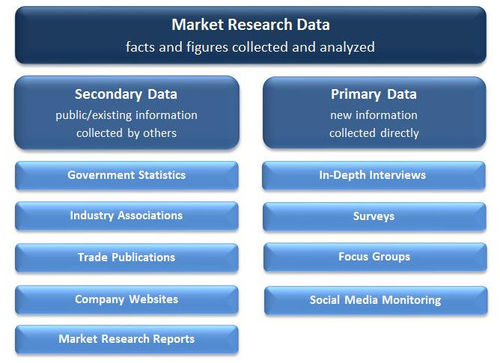Primary versus Secondary Data: parte II

What Is Primary Data?
Now it’s time for primary data, new information collected specifically for your purposes, directly from people in the know. Methods of primary data collection vary based upon the goals of the research, as well as the type and depth of information being sought.
Primary Data Examples
In-depth interviews present the opportunity to gather detailed insights from leading industry participants about their business, competitors and the greater industry. When you approach a company contact from a position of knowledge — thanks to all that secondary data you’ve already collected — you can have a free-flowing conversation about the topics of interest. You can guide the conversation toward your research objectives, but also allow yourself to be led down unexpected paths by interviewees — some of the most valuable insights are the ones you didn’t know you should be looking for.
If you’re seeking data you can quantify, surveys are an excellent way to collect a large amount of information from a given population. Surveys can be used to describe a population in terms of who they are, what they do, what they like and if they’re happy. You can then forecast the population’s future behavior in light of these identified characteristics, behavior, preferences and satisfaction. Surveys yield the most meaningful data when they ask the right questions of the right people in the right way, so care should be taken both to develop survey questions respondents will find relevant and interesting, and to determine which method of conducting the survey (online, telephone or in-person) is most appropriate.
Looking to get consumers’ thoughts on a new product or service offering idea when you’re in the early stages of the development process? A focus group can get a small group of people that fit your target demographic in a room to discuss what they like, dislike, are confused by, would do differently — whatever. The group’s leader encourages honest, open discussion among participants, collecting opinions that can further direct your development efforts.
Prefer to eavesdrop rather than ask questions outright? Social media monitoring can help you keeps tabs on candid conversations about your industry, your company and your competitors. How much are people talking about your brand compared to competitive brands? Is what they’re saying positive or negative? Is the public clamoring for something the industry currently doesn’t provide? How are your competitors portraying themselves via social media, and what does that say about their strategy? Social media monitoring shows that you don’t always need to participate in the conversation to learn from it.
Fonte: www.marketresearch.com
Strategie & Innovazione affianca le aziende nella raccolta d'informazioni attraverso le fonti primarie, oltre che secondarie: se vuoi confrontarti sul metodo che utilizzi o hai bisogno d'aiuto, scrivi a stratinnov@stratinnov.it

